Public transportation is meant to be a reliable lifeline—connecting people to work, school, and essential services. However, in many Canadian cities, transit systems are falling short of expectations. Delayed buses, limited coverage, and overcrowded vehicles are just a few of the daily struggles commuters face. Instead of offering convenience and accessibility, these systems often create frustration and lost time. This article explores 21 Canadian cities where public transit is failing to meet the needs of its residents and highlights why urgent improvements are needed to support growing populations and ensure smoother commutes.
Toronto, Ontario
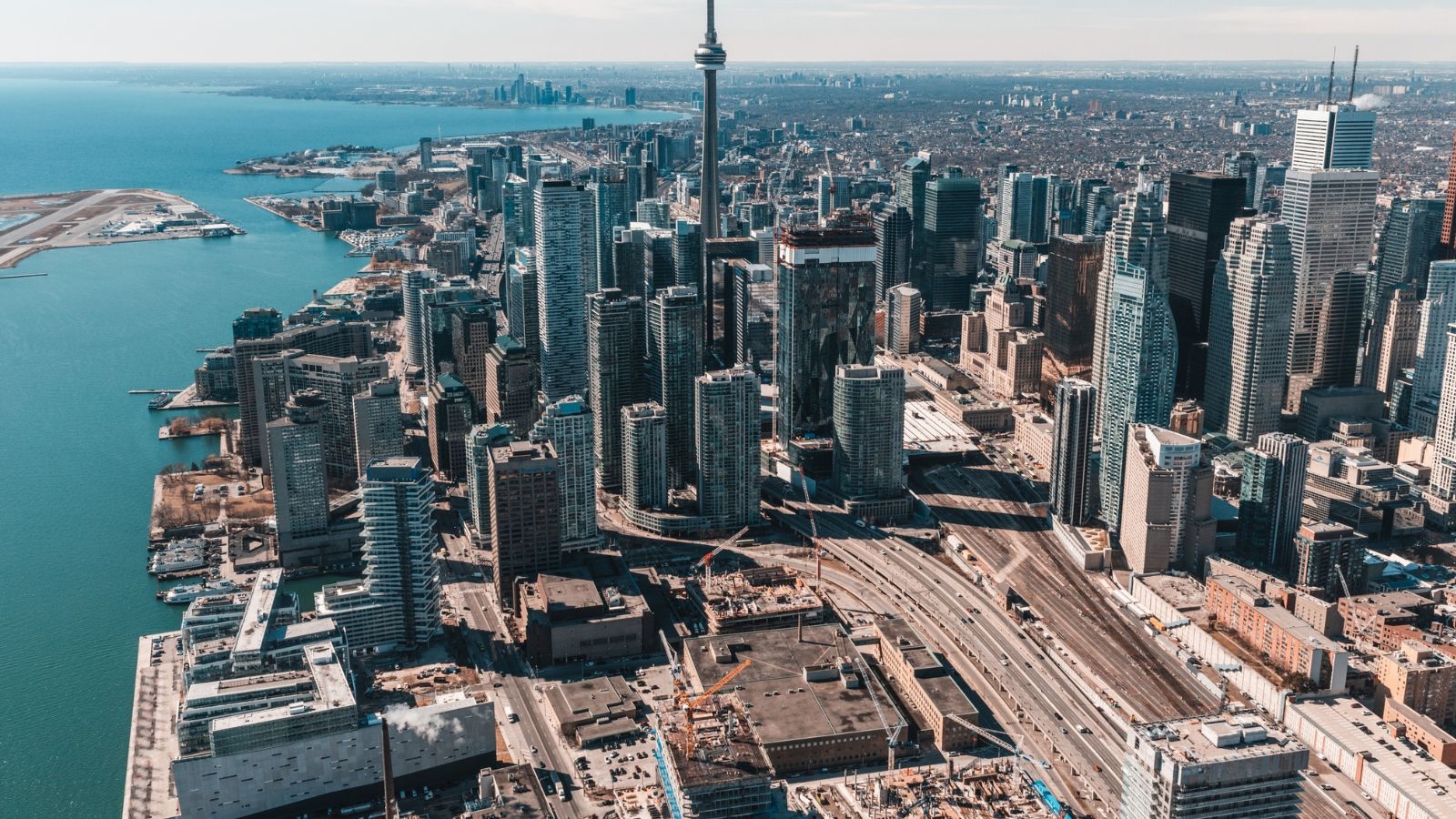
The biggest transit system in Canada belongs to Toronto, yet it does not deliver superior service relative to other Canadian transit agencies. Customers at subway stations experience constant interruptions and streetcar delays, which cause recurring daily frustrations. Between peak times, transit vehicles become severely overloaded, which results in distressing and discomforting commutes for passengers. Additionally, the transportation system faces two problems: public transit fares remain high, and the outer suburban areas offer restricted accessibility, thus preventing equal service provision.
Montreal, Quebec
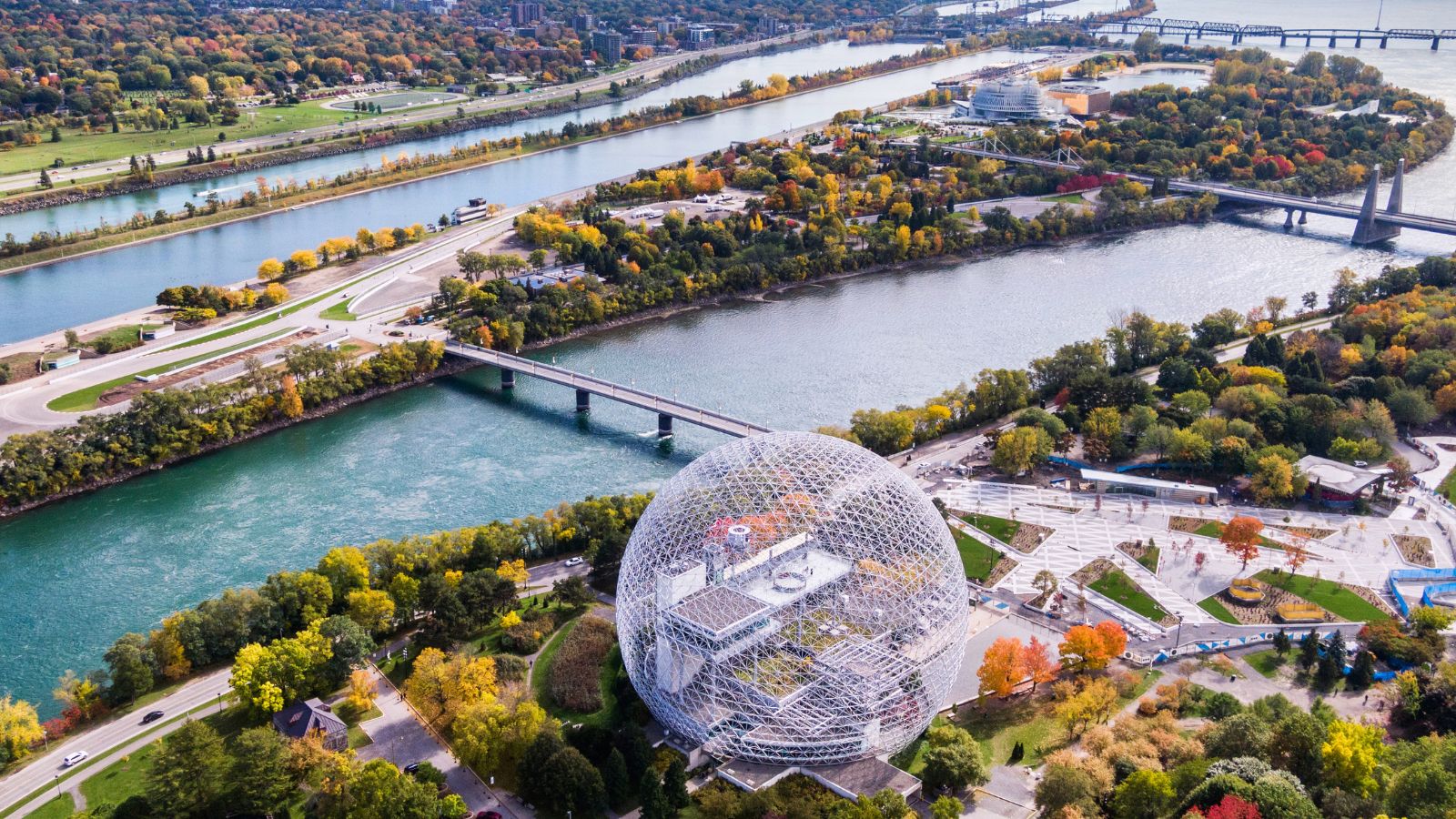
The STM metro of Montreal remains a historic feature, although its age continues to grow older each year. The growth pace remains slow as many communities do not receive even fundamental transit services. During wintry months, buses rarely show up or demonstrate inconsistent arrival times. A projected deficit of $560 million for 2025 makes service cost reductions more realistic than infrastructure upgrades.
Vancouver, British Columbia
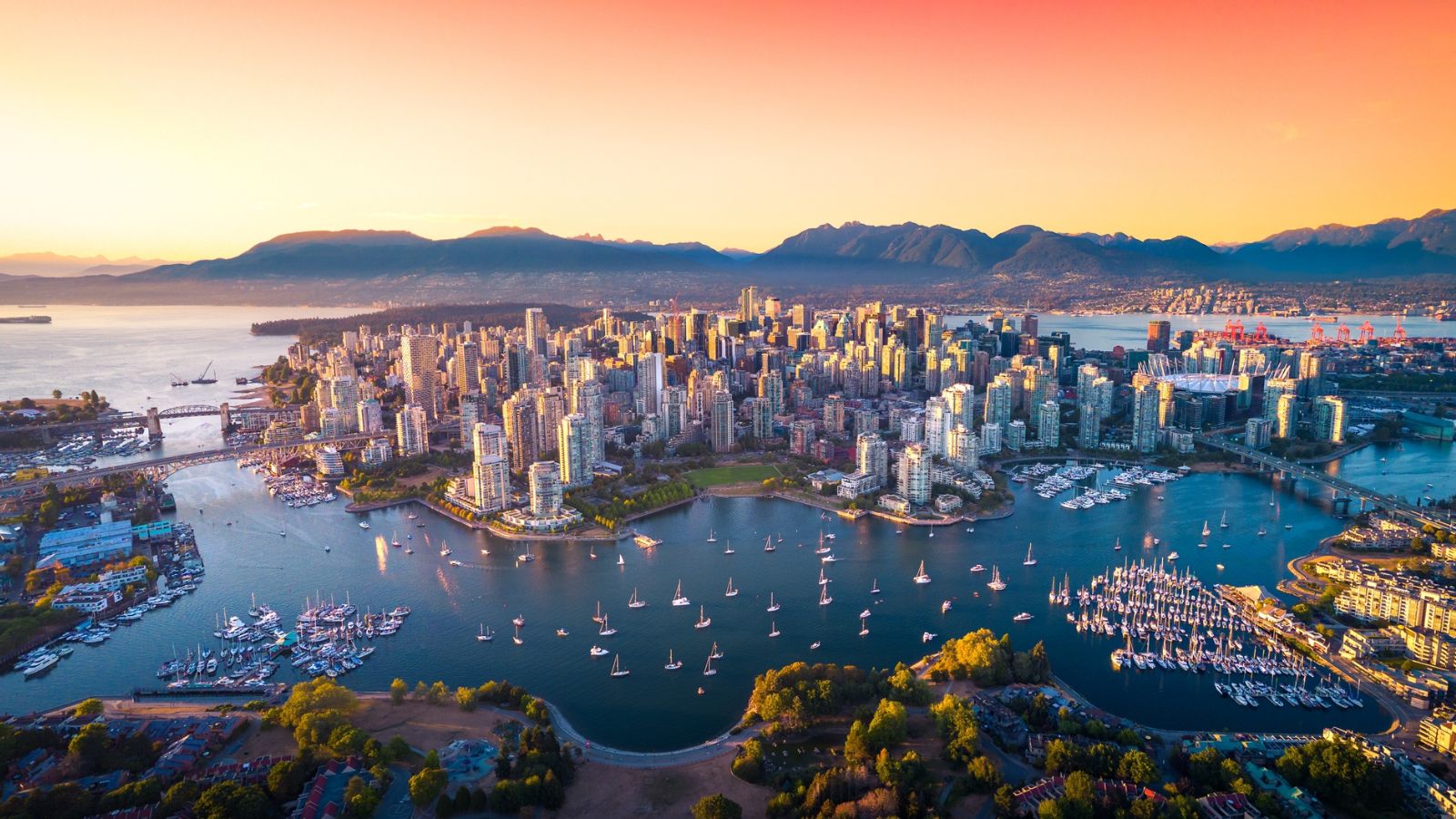
Vancouver’s SkyTrain is modern and runs well, but it doesn’t reach large areas like Surrey and Langley. In those places, the bus service is unreliable and poorly connected. As more people move to outer suburbs due to rising housing costs, public transit hasn’t kept up. The system is falling behind, and investment in transit isn’t meeting the growing demand.
Calgary, Alberta

Reliability concerns, along with safety issues, have caused Calgary Transit to experience a decrease in its customer base. LRT vehicles are approaching their end of service life while their operational range remains restricted. The combination of service reduction and driver worker shortage has made delays and wait times more intolerable. The city is unable to proceed with new infrastructure development because of shortfalls in financing.
Edmonton, Alberta
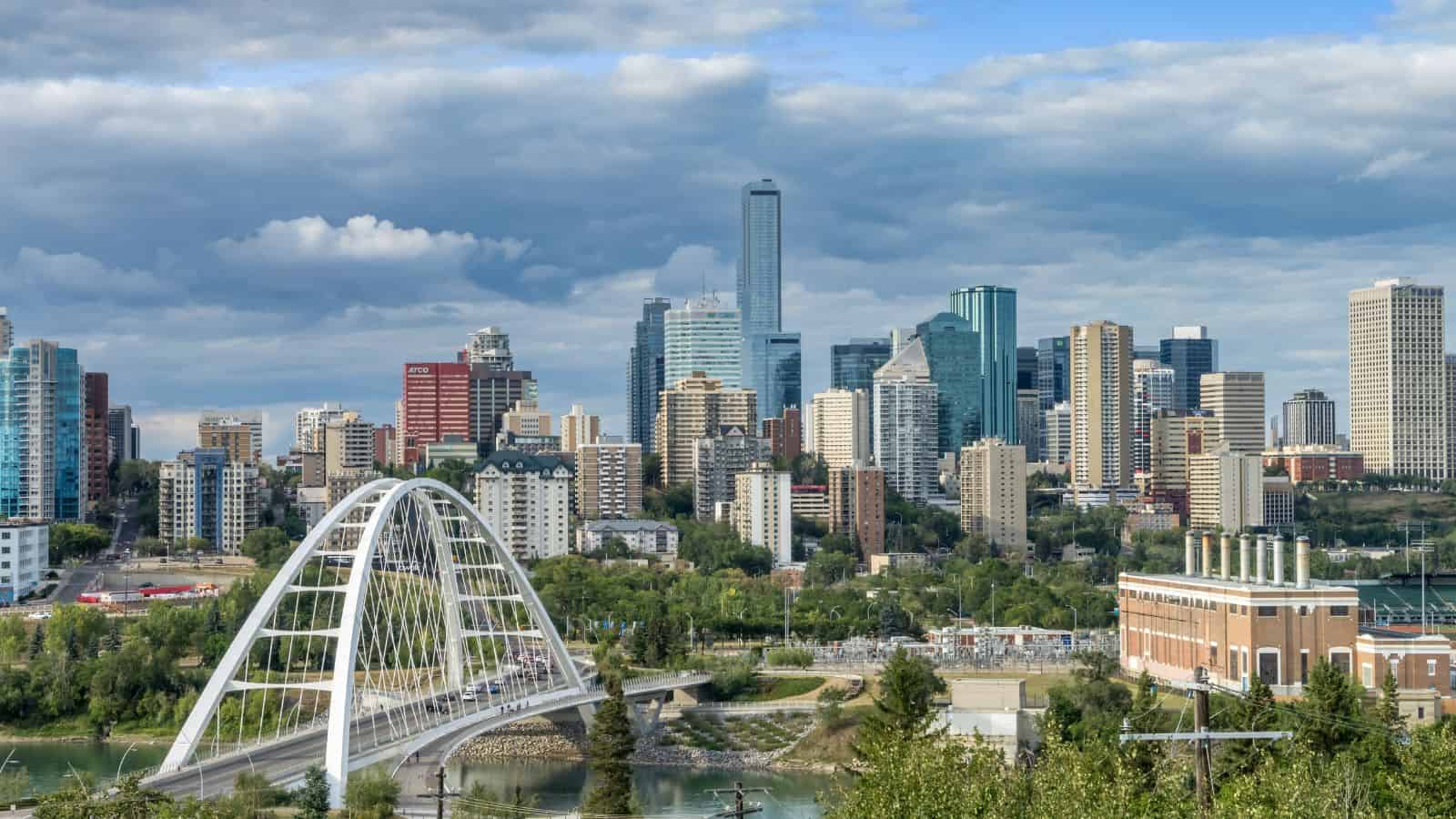
Modeling technological advancement in the LRT network remains limited within Edmonton. Most growing neighborhoods lack dependable railway or bus transportation services. People cannot depend on public transport daily due to the combination of unpredictable schedule times and missing service points.
Ottawa, Ontario
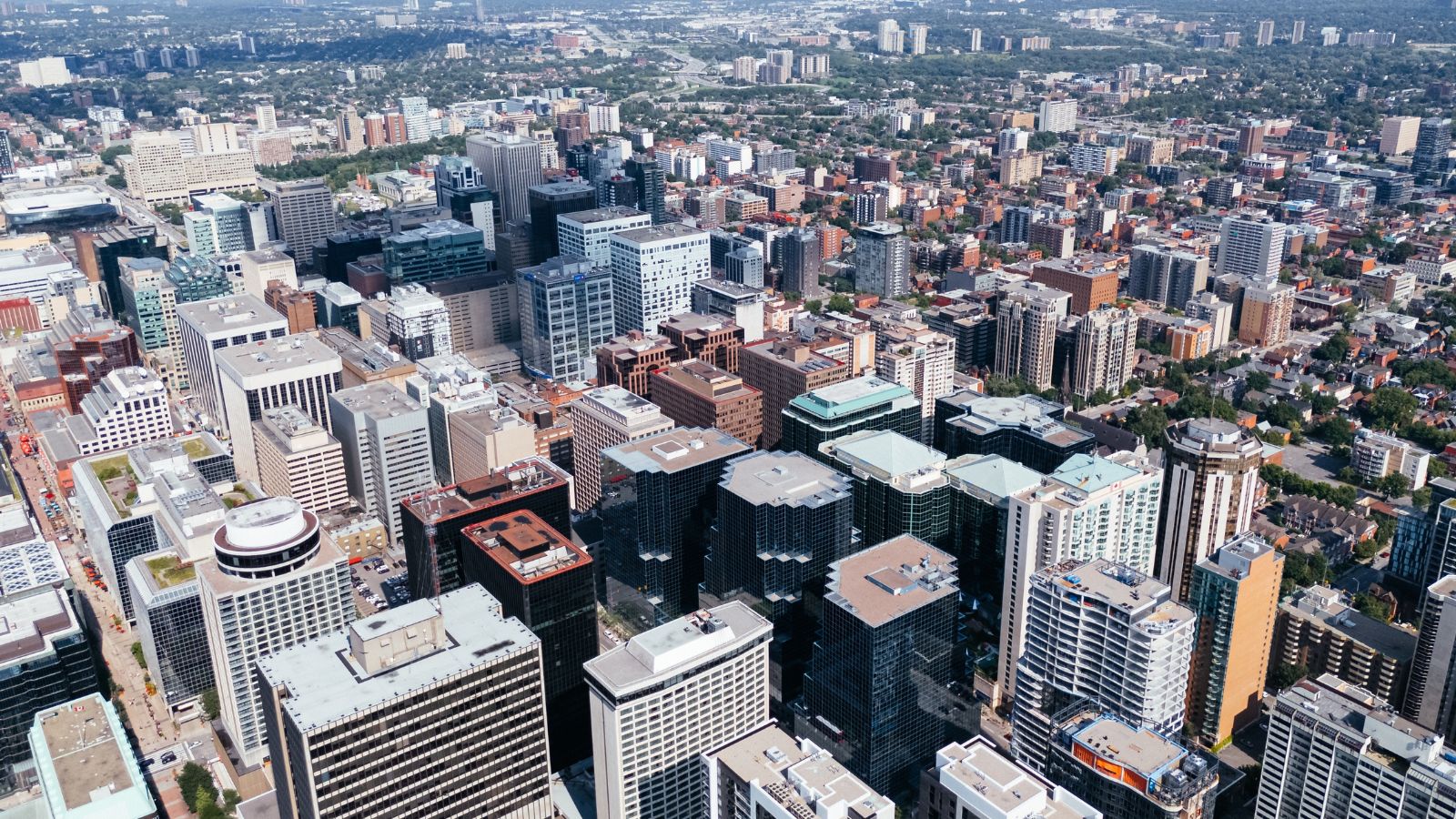
Due to constant failures, the Confederation Line in Ottawa has earned a reputation for problems. Serious issues, including track freezing as well as derailments and power outages, have been frequent occurrences on this transportation system. The current transit system problems cause many passengers to decide to stay away from public transport. A dependable service has been replaced by service failures, which have converted public trust into widespread commuter dissatisfaction.
Winnipeg, Manitoba

Winnipeg Transit is stretched thin. Underfunded routes pair up with outdated transportation vehicles throughout the bus system. Lastly, erratic service schedules force passengers to endure extreme cold until breakdowns are resolved in wintertime. Since suburban areas provide little transit, people often find themselves forced to purchase a car.
Halifax, Nova Scotia
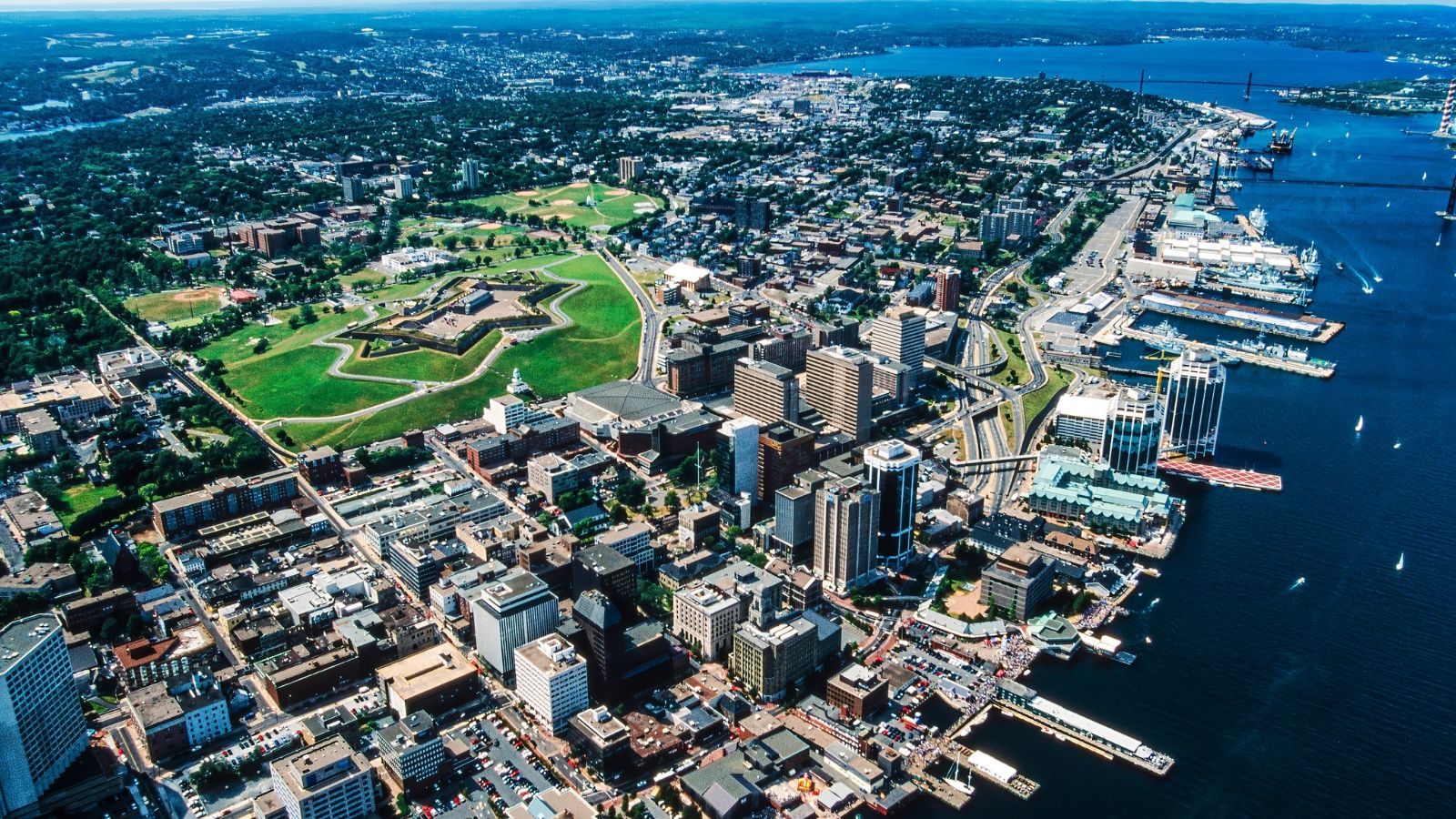
The transit system in Halifax fails to properly address the increasing needs of suburban areas within its network. The system provides extended and winding routes that combine with minimal evening and weekend transit operations. Service cuts have been proposed because of budget problems despite ongoing increased customer demand. The transit system compels travelers to use additional transfers when extending their routes.
Saskatoon, Saskatchewan
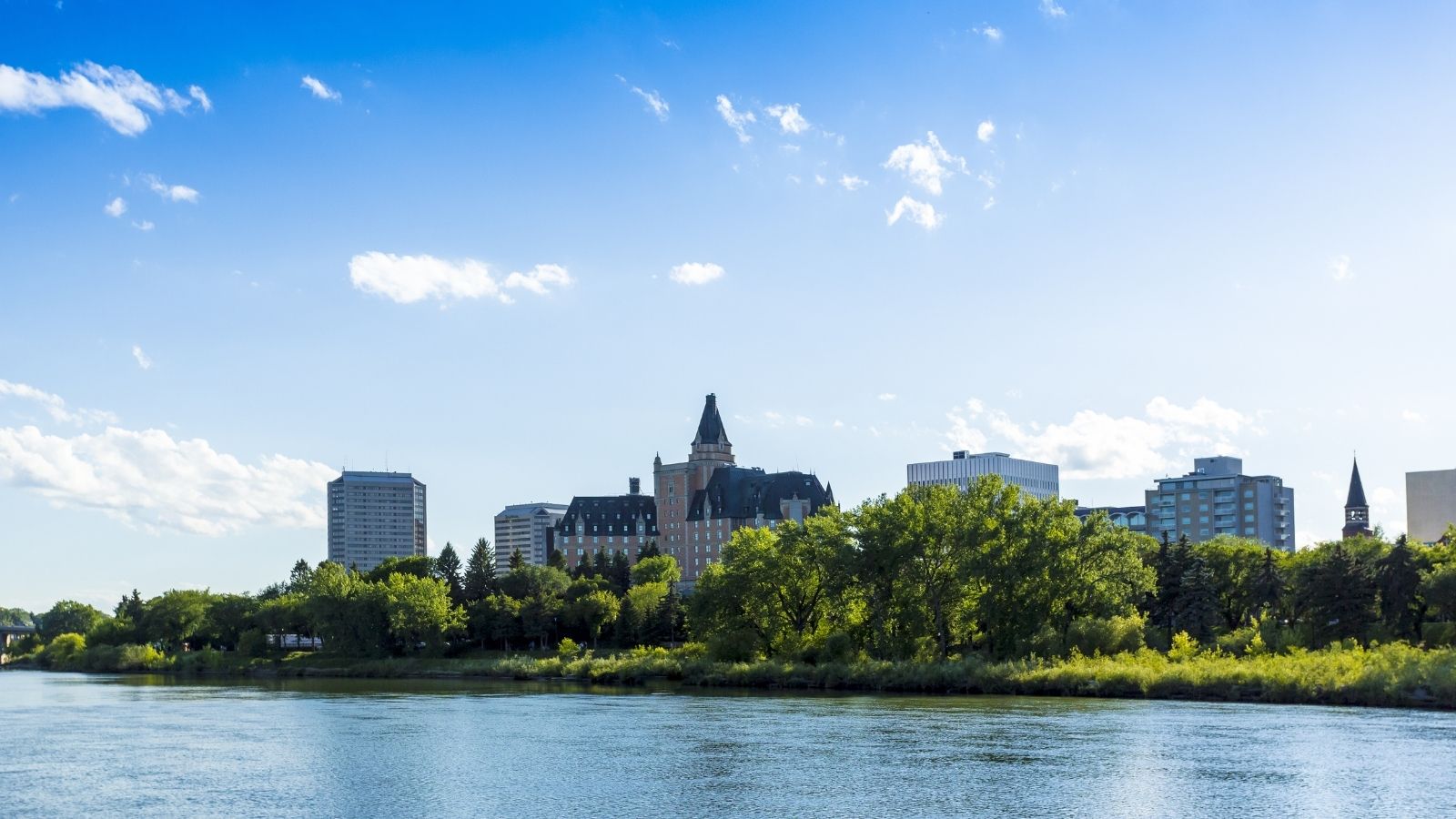
Saskatoon Transit operates without rapid transit and provides only standard public transportation. Public buses operate later than scheduled times, particularly when snowfall occurs. Some parts of town lack proper transit access, while downtown stations do not enable quick and easy transfers between routes. A complete system redesign is required to serve the expanding urban development in the city.
Regina, Saskatchewan
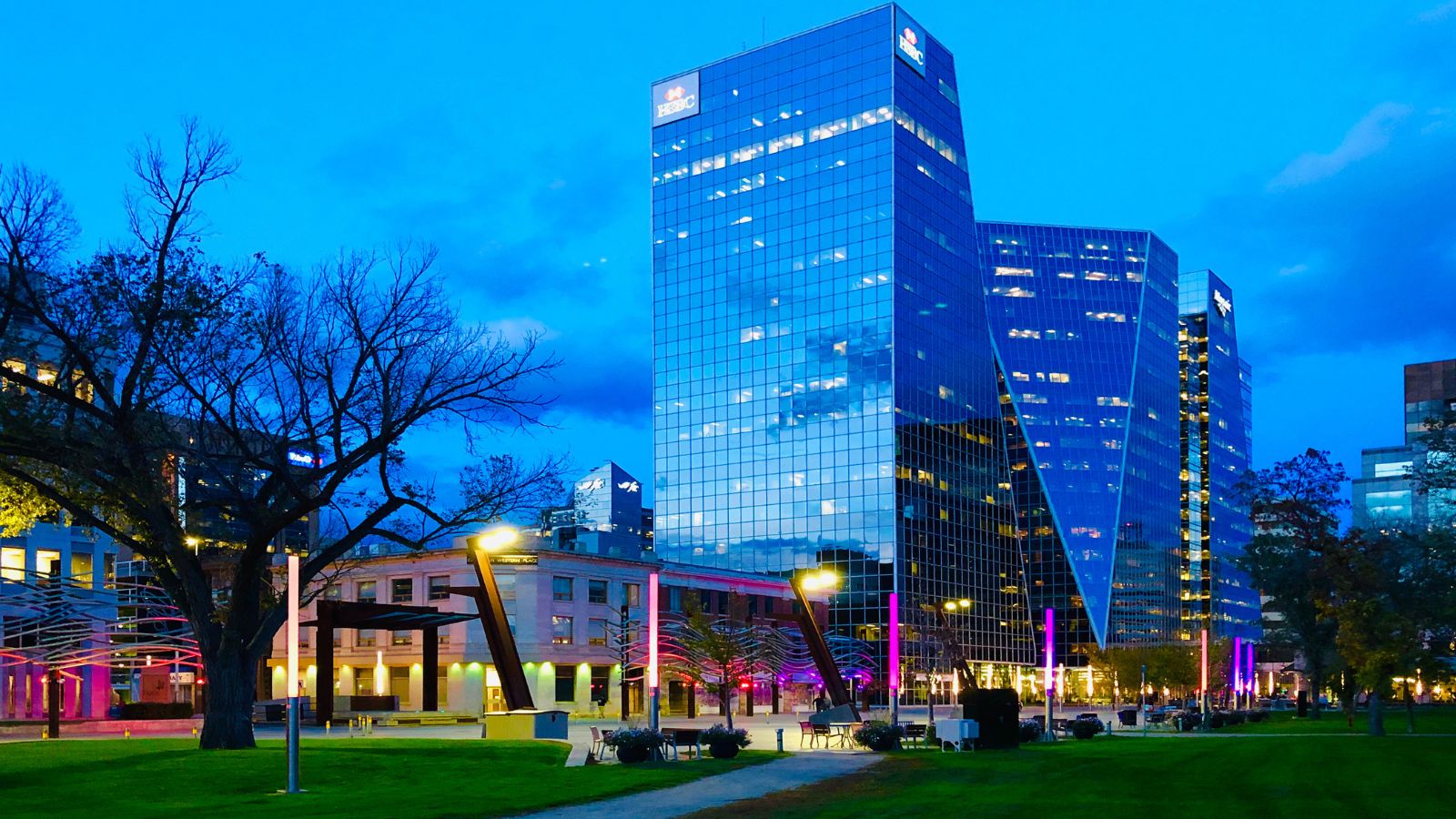
Regina Transit has operated under the same level of system expansion since the 1990s. People find it difficult to use several routes because they operate irregularly and do not match current commuting needs. Users avoid the system because weekend service is inadequate and operating hours are limited. The lack of workable public transit exists for people who perform night shifts or handle irregular working schedules.
Hamilton, Ontario
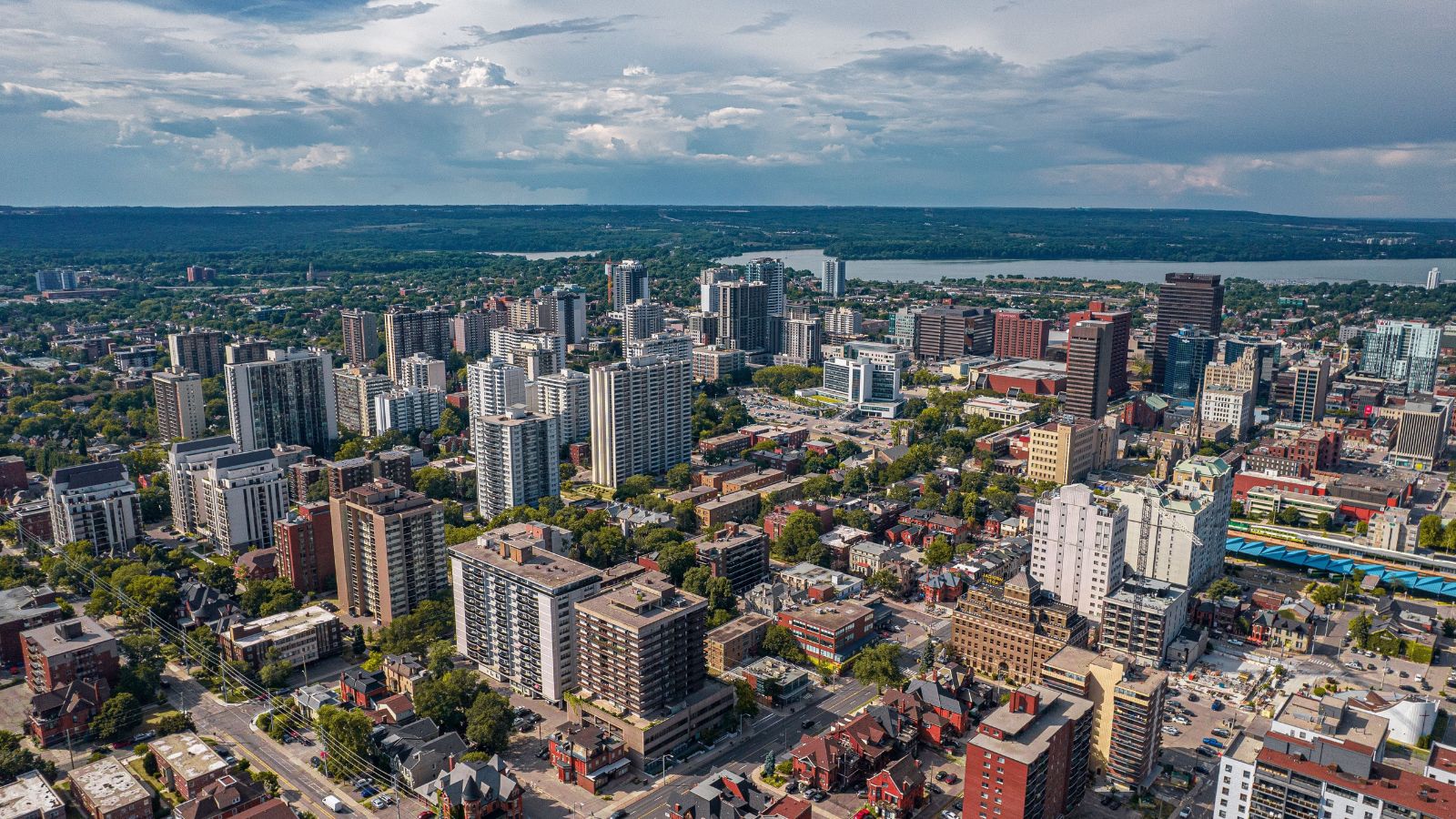
Hamilton’s HSR bus system operates as a fragmented service network. The service quality in mountain regions is inferior, while users must wait longer durations. The LRT, which was initially planned years ago, encounters continuous delays that lead people to become increasingly irritated.
London, Ontario
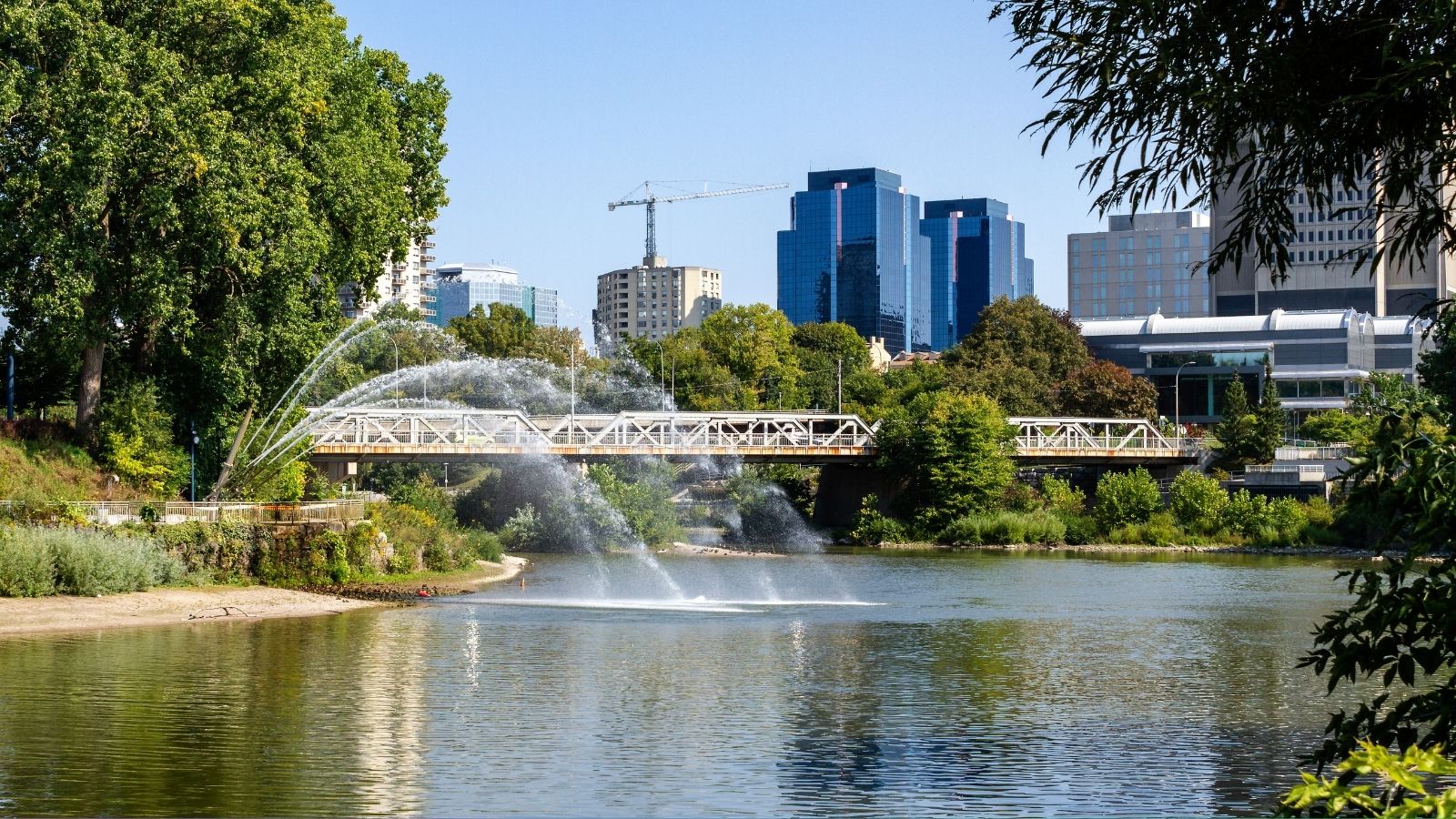
The bus service operated by London Transit frequently arrives behind schedule, while buses tend to reach maximum capacity. The city provides little public transport assistance for people commuting through new residential areas, together with a complete lack of fast transit. The combination of weak weekend and evening service forces residents to choose car travel as their main transportation option.
St. John’s, Newfoundland and Labrador

Metrobus in St. John’s operates with a few routes and offers insufficient frequency. Key employment district locations remain outside the service boundaries of transit operations. The transportation speed deteriorates significantly when precipitation turns into either snow or rainfall. The transit system has not grown properly to accommodate the demands of the expanding population.
Victoria, British Columbia

Victoria’s public transit relies mostly on buses, since there’s no light rail or rapid transit system. In suburban areas, buses take long, winding routes that aren’t very efficient. Many riders find transfers between routes slow and frustrating. As the city grows, the current system can’t keep up with the increasing demand.
Kelowna, British Columbia
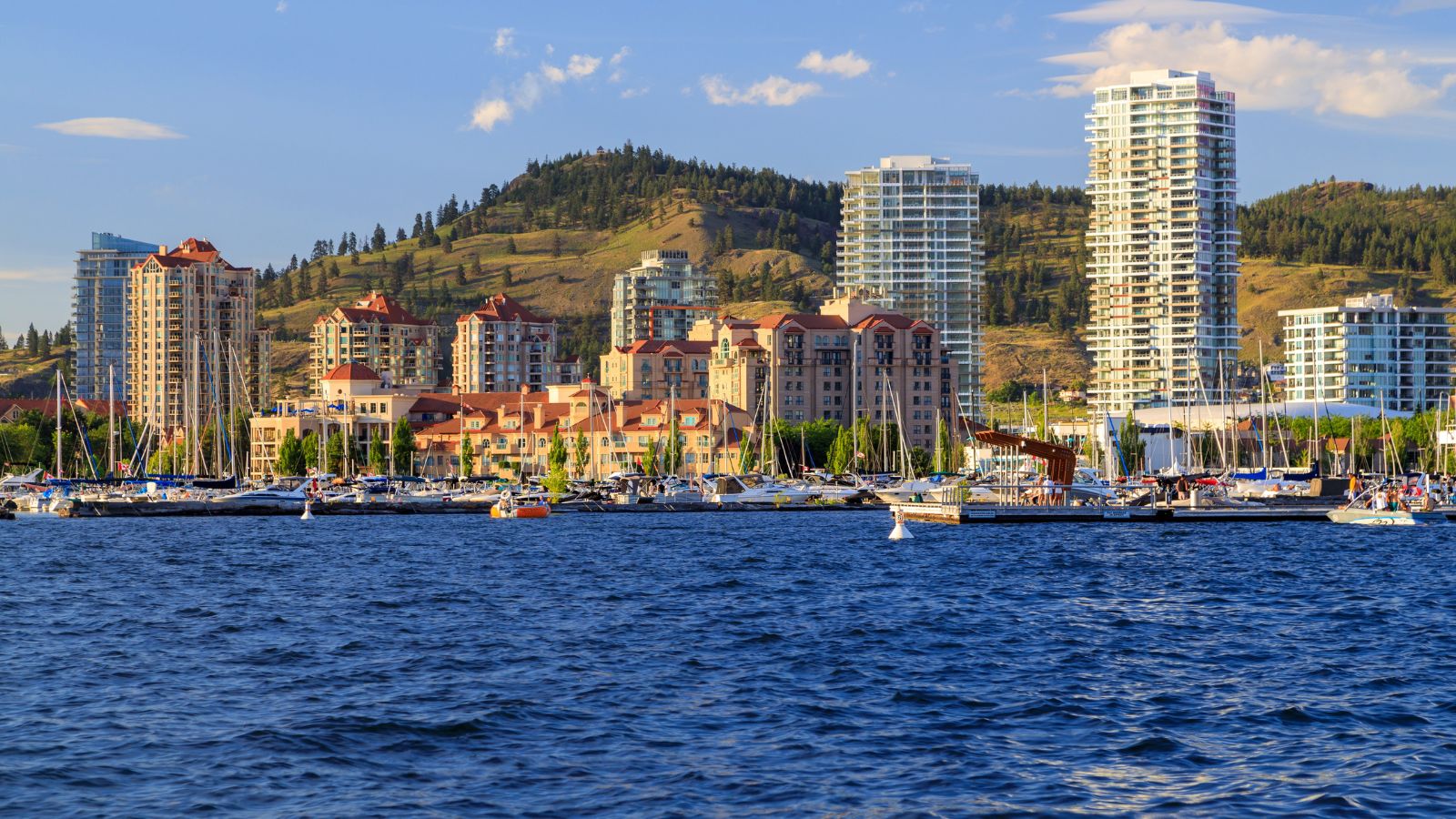
The public transport in Kelowna struggles to cope with the fast-growing population. Bus routes operate insufficiently within the city boundaries. Passengers suffer from extended delays at bus stops and unpredictable timetable arrangements, which lead to their dissatisfaction. The present situation demands immediate investments to enhance bus fleet acquisitions alongside route development efforts.
Windsor, Ontario
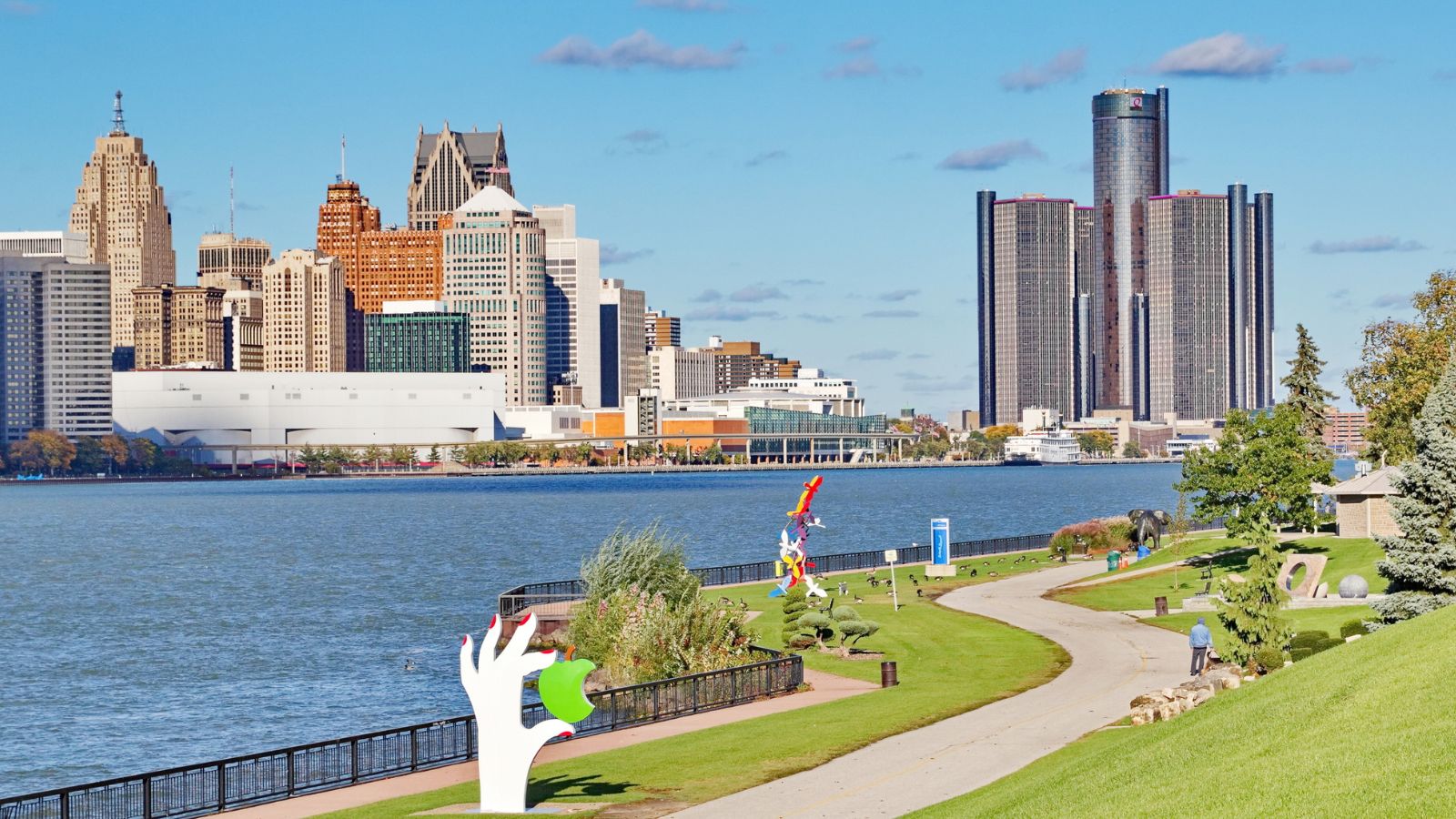
Transit Windsor operates with insufficient vehicle equipment and misses several scheduling opportunities. Currently, many bus routes have early cut-off times, and main transportation corridors receive restricted service. The city has failed to roll out mobile apps or smart cards in a way that meets modern transit standards. Bus riders receive no information regarding when the next buses will reach their stop.
Sudbury, Ontario

The transit system at Sudbury operates with insufficient financial support. The current bus operation rate remains inadequate because the system does not have proper transportation links between the city center and its outskirts. Weekend service at the current levels creates a major operational problem. Waiting passengers encounter more complications because of extreme temperatures combined with heavy snow conditions.
Barrie, Ontario

The bus rides taken through Barrie Transit become slower because of congestion patterns that build up during peak traffic periods. The expanding neighborhoods have received fewer than enough service increases. The limited service duration during weekends, coupled with long waiting periods between buses, makes this transit system moderately useful. Riders opt for driving their vehicles instead of using public transportation because of their strong discontent.
Brantford, Ontario
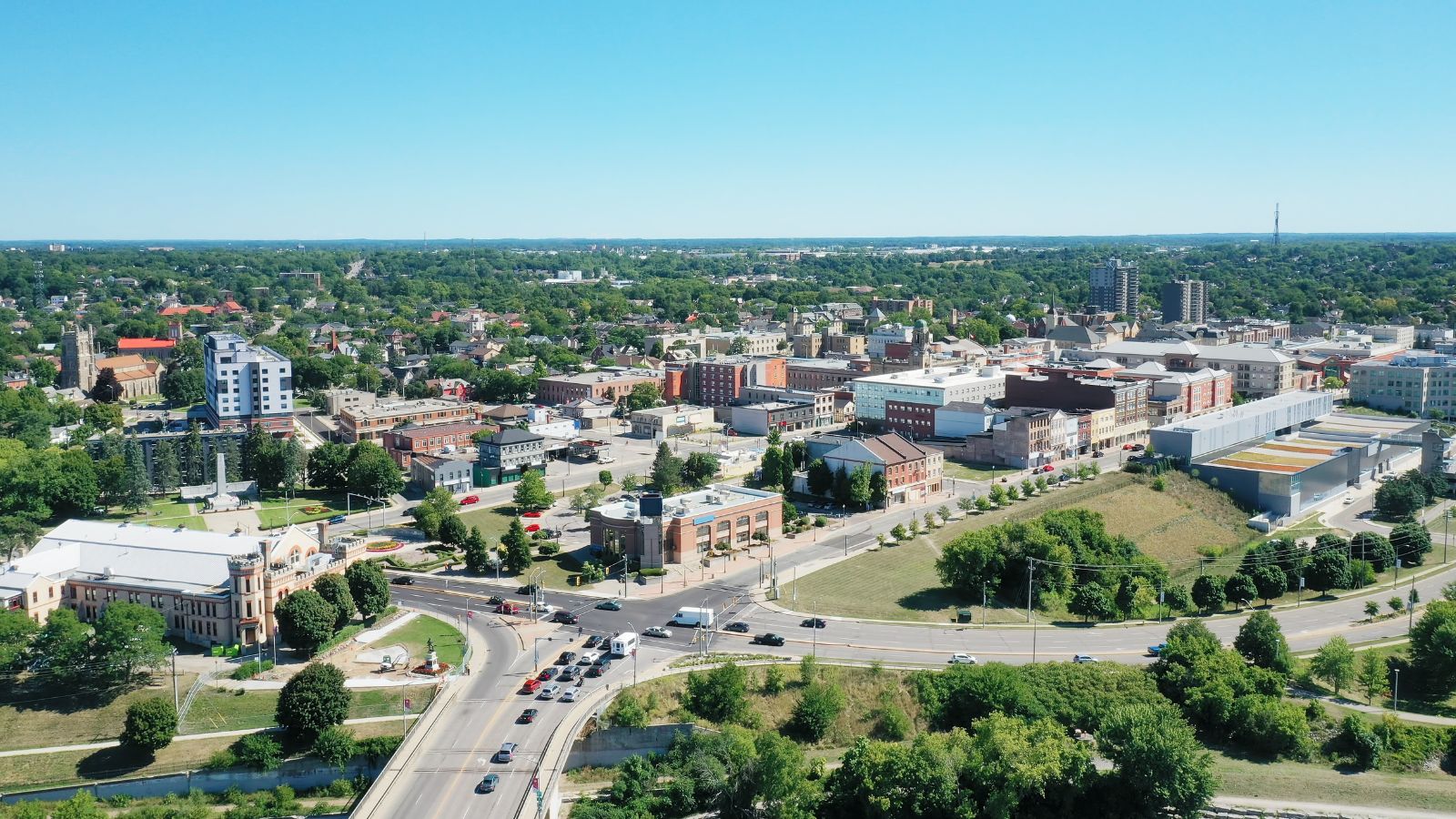
Brantford Transit runs with long gaps between buses and offers limited service to the outer parts of the city. Many buses don’t have tracking systems and often run late. Because of these issues—outdated technology and poor coverage—students, workers, and other residents struggle to rely on the system for daily travel.
Thunder Bay, Ontario
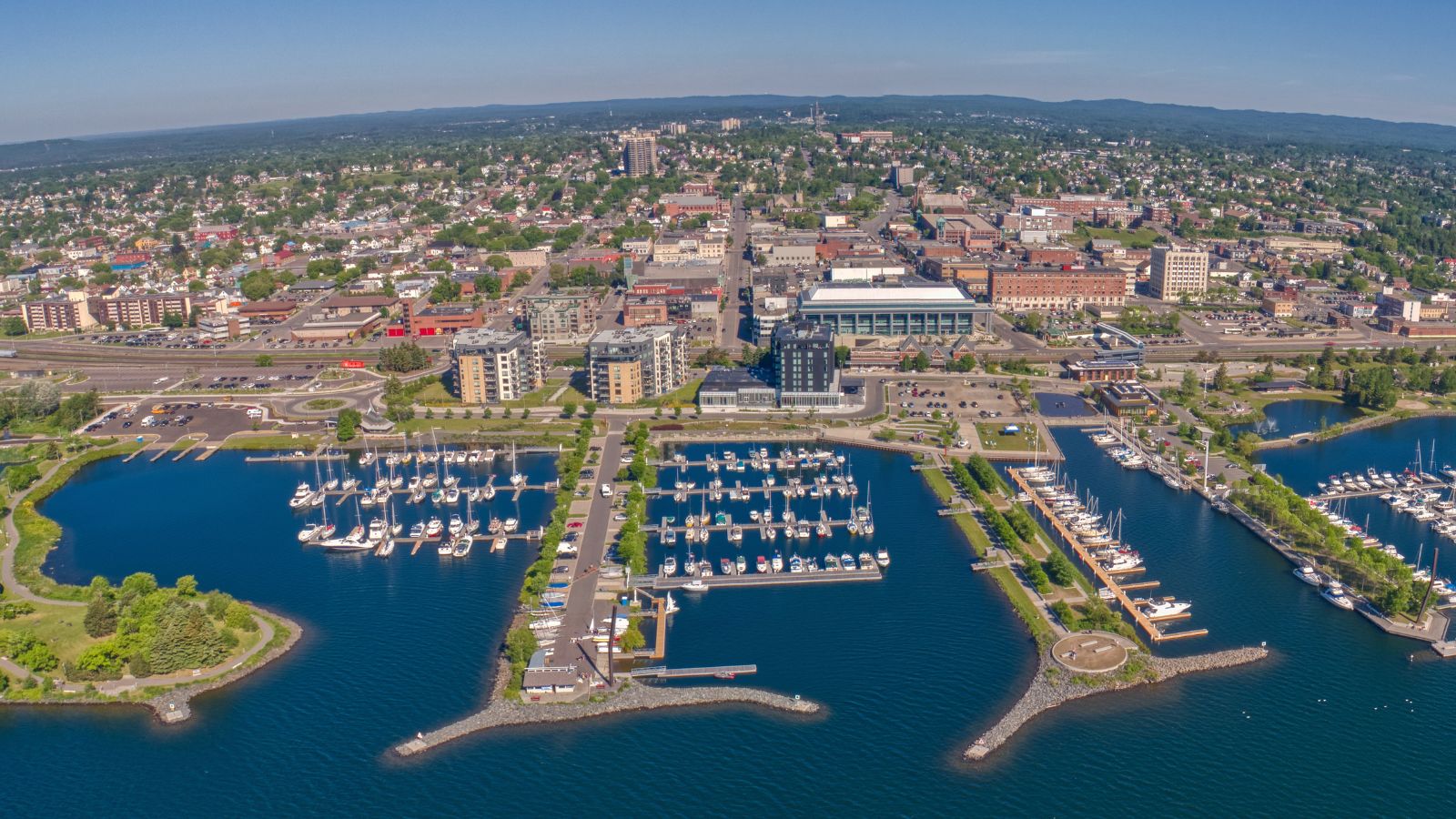
Service reductions at Thunder Bay Transit have occurred throughout the previous years. The transportation company cut service routes while extending wait times, as many neighborhoods remain entirely inaccessible. The harsh winter conditions complicate transit operations without any investments from the city to build shelters or introduce heating systems.
Charlottetown, Prince Edward Island
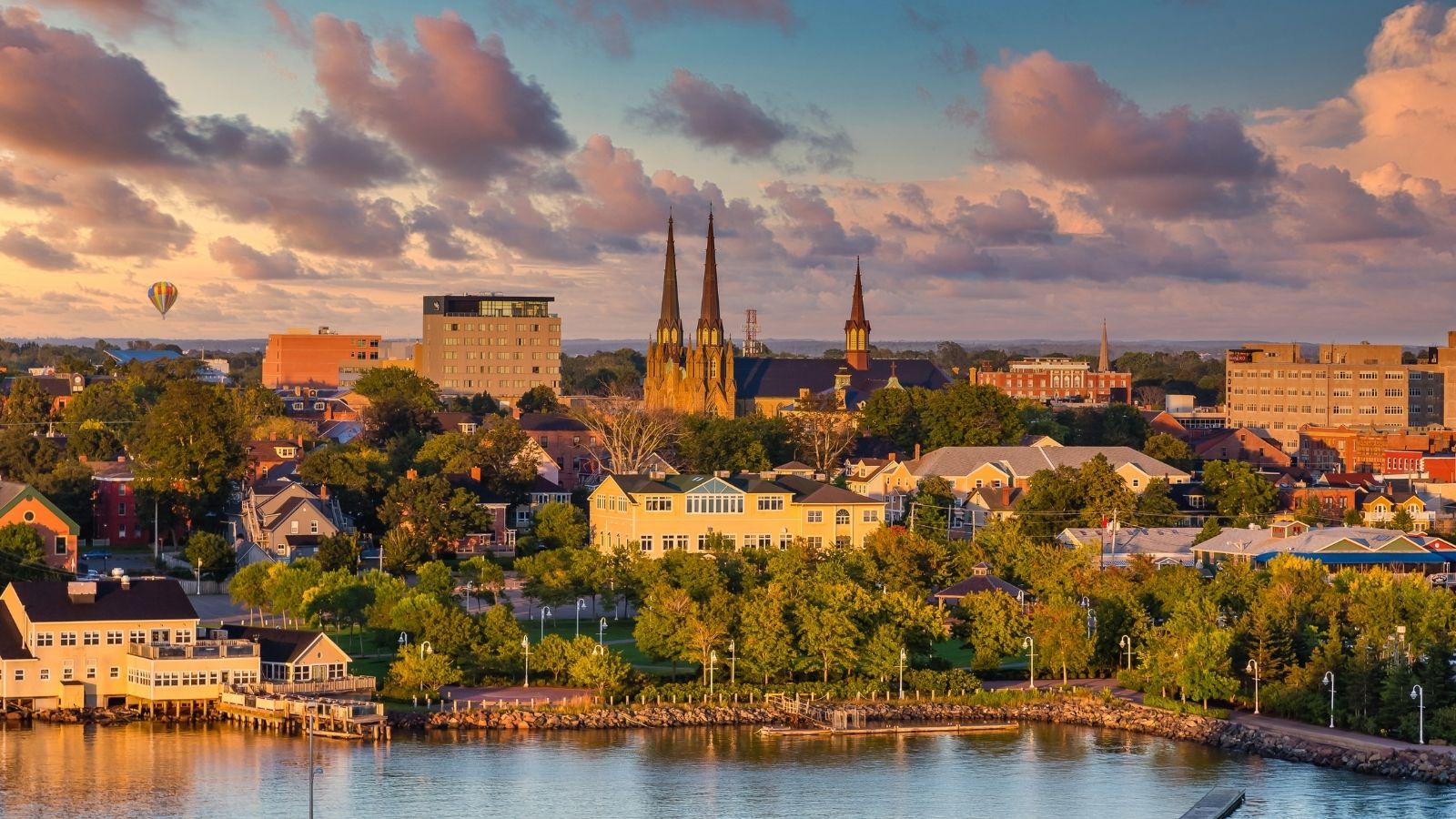
Charlottetown’s public transit system has a small network with limited service, especially on weekends. Buses don’t run late, and many parts of the city are hard to reach without a car. As the city continues to grow, the transit system isn’t keeping up with the demand, leaving many residents without reliable transportation options.
Conclusion

Public transit across Canada is struggling to meet the needs of its growing population. These 21 cities highlight how commuters face unreliable, outdated, and limited services. Without strong financial investment and better planning, public transportation will continue to fall short. For cities to thrive, they need efficient buses, trains, smarter routes, and updated technology. Improving public transit isn’t just a convenience—it’s essential for sustainable growth and a higher quality of life for all Canadians.
25 Countries Predicted to Become Economic Superpowers in the Next 20 Years

The strength of an economy plays a crucial role in various international policies about trade and relations. Certain factors determine the strength of an economy, including population growth, availability of resources, and development and advancement. Here are 25 countries predicted to become economic superpowers in the next 20 years
25 Countries Predicted to Become Economic Superpowers in the Next 20 Years
